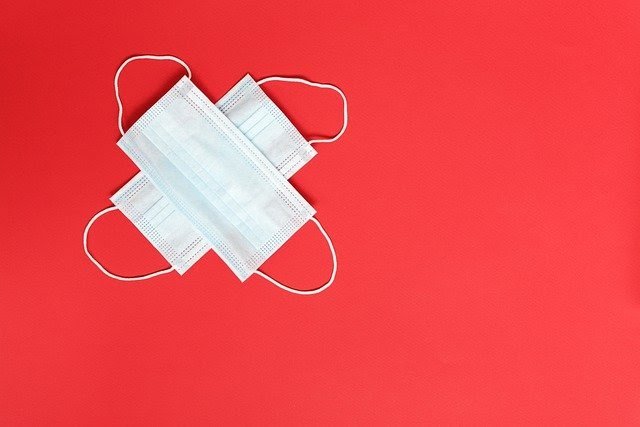Comments (1)
Suzie Brown
Regular updates to your CER are required as part of your post-market surveillance and vigilance activities.

If you’re working in the medical technology industry, you must be well-acquainted with the EU regulations implemented in 2017 that have changed how medical instruments get approved for selling in that market.
Nowadays, all medical devices require clinical evaluation to get the seal of approval, even low-risk devices. Getting the ball rolling to ensure that your product is available for sale in the EU should be a top priority, seeing as this market dominates a large sector of the industry. If you’re still unsure about where to begin, here are 6 essential tips on how to write a clinical evaluation report and get the green light to start distributing your product in Europe.
You’ll be sending your device’s clinical evaluation report alongside a design dossier or technical file. But you still need to approach it as if the evaluators will only rely on this document to either approve or deny the CE Marking. Design it as straightforward and concise if possible.
To start, the basic structure should include general information about the manufacturer and the device itself as part of its introduction. Remember that you need to comply with the EU’s ISO standards by adding things like the intended application, the general outline of the intended purpose for the device, and clinical evaluations, among other parameters. Planning a clear and concise report from the start will help your company go through the approval process with no significant adversity.
Once you structure your clinical evaluation report, there’s a section called Safety and Performance Requirements in the EU law where it breaks down what each device will need to comply with to get approved. Your team needs to understand what tests and studies need to do with your medical device to deliver a successful clinical evaluation report. You should also consider any calculations, test reports, design data, and drawings involved in the medical device’s creation. The information you choose to add has to answer metrics related to performance, risk/benefit, and safety endpoints.
In your Clinical Evaluation Report, you’ll be able to compare your product to similar devices that already have CE Marking if you’re looking to sell your product in the EU market. The documented data you add has to show what differences you’ve identified between your product and the competitor’s, especially when you’re using several devices to identify and analyze its features.
You also need to justify how and where you find equivalence in your chosen medical devices. Some manufacturers make the common mistake of throwing in equivalent devices that aren’t relevant to your product, which can hinder your chances of getting into the European market.
Sometimes you’ll need to include clinical data extracted from literature in your clinical evaluation report, assuming that you follow a systematic process to evaluate how relevant it will be for your document. The professional in charge of writing the CER must understand what research papers and publications will support your claims and internal studies. They should also include all relevant information, regardless of whether or not they speak in favor of your product.
Specific medical devices will require additional research to complete the clinical evaluation report with all the information needed. This happens when you’re dealing with a medical device deemed as high-risk, presents new uses, or features innovative technology. Here, the best path for success is to share your Investigational Clinical Plan with your Notified Body before kick-starting any study.
You won’t be done with the process once you submit your medical device’s CER with the technical files to your Notified Body. As the regulatory landscape changes to accommodate new challenges in the industry, you must use future data to continue monitoring compliance with EU regulations. For now, in the report, you also need to lie down the steps you’ll follow to continue monitoring your product’s performance once it’s out for sale.
Once the trial period comes to an end, to comply with the new EU regulations for medical devices, manufacturers need to pay extra attention to details when writing a clinical evaluation report to enter new markets. It is much easier nowadays to get the necessary approval to start distributing your medical product in Europe on account of the recent changes. Organizing each step of the writing and research process efficiently alongside your team will affect how well your proposition will perform with the Notified Body.
Regular updates to your CER are required as part of your post-market surveillance and vigilance activities.
Leave your comments
Post comment as a guest